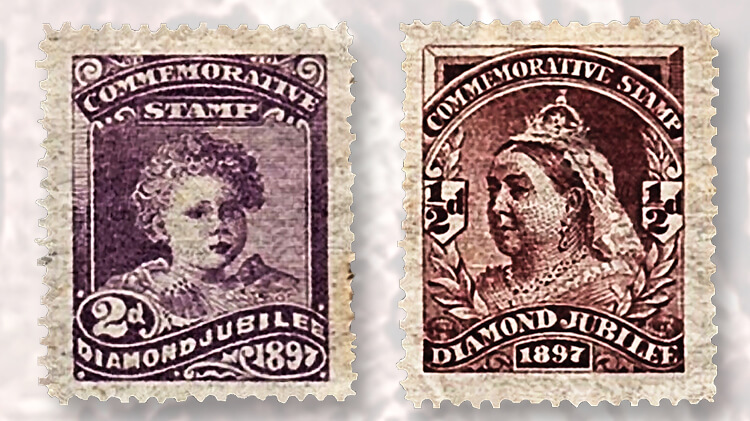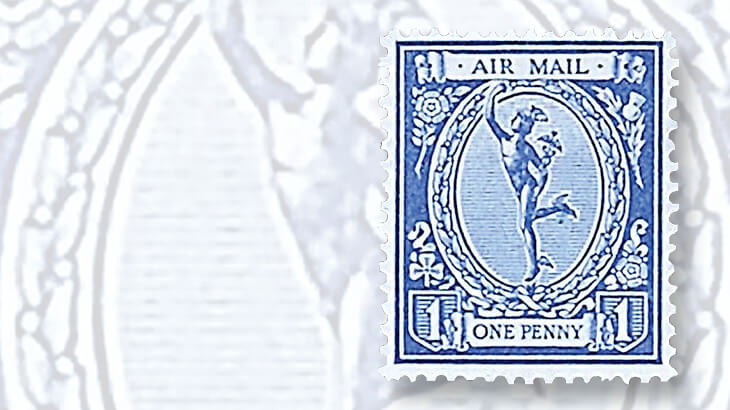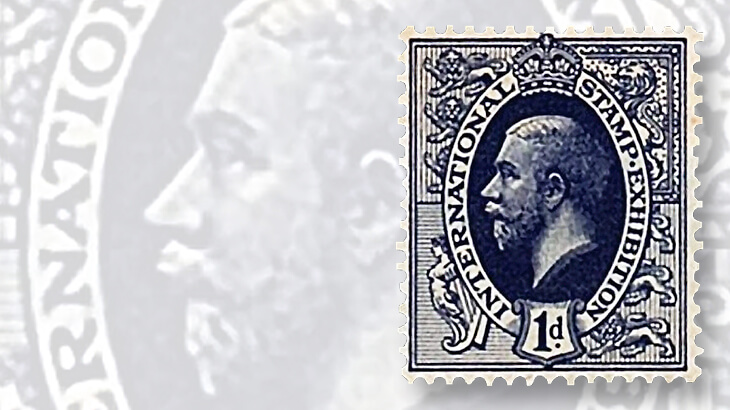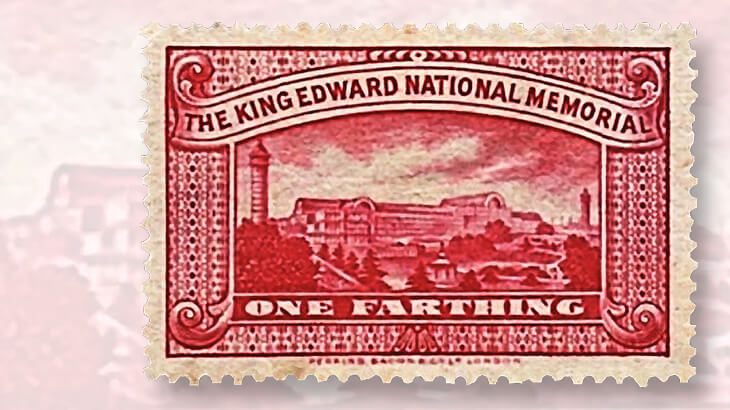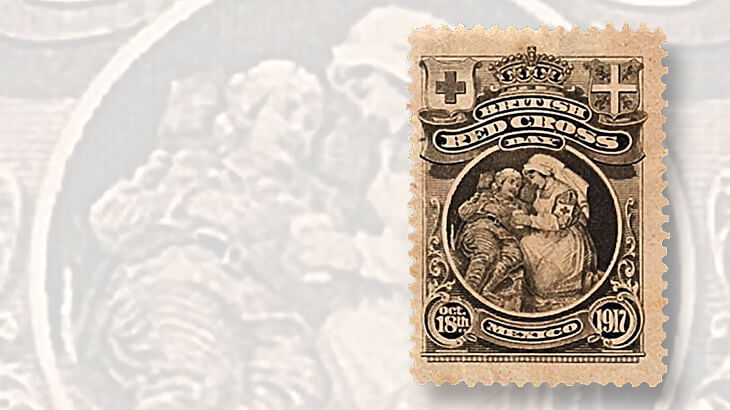World Stamps
The many collectible ‘nonstamp stamps’ of Great Britain: Stamp Collecting Basics
Stamp Collecting Basics — By Janet Klug
If you collect stamps from Great Britain or any of the British territories, you may have stumbled upon attractive stamps that you cannot find listed in stamp catalogs.
There is a reason for that.
Many are stamplike labels that were never valid for postage, a type of item that collectors refer to as cinderellas or poster stamps.
Let’s take a look at a few.
Connect with Linn’s Stamp News:
Sign up for our newsletter
Like us on Facebook
Follow us on Twitter
Great Britain’s Junior Philatelic Society sponsored a design competition in 1921, encouraging its members to design an airmail stamp for Great Britain.
The contest closed in 1923, and the designs were displayed at the London International Stamp Exhibition held May 14-26, 1923, at the Royal Horticultural Hall.
The exhibition was organized by the Junior Philatelic Society (later renamed the National Philatelic Society, and still active today). Five judges decided the winner of the competition was J. Bickerton Sifton.
The winning design, seen below, features a portrait of the messenger god Mercury within an oval frame. The inscription “Air Mail” is lettered across the top.
 It looks like a real postage stamp.
It looks like a real postage stamp.
It’s not; in fact, it is considered an essay. A replica of the winning design was printed and processed by De La Rue and Co. to look like a postage stamp.
De La Rue produced these essays in six different colors on paper watermarked with an airplane design (some of which were intentionally inverted), and with two different gauges of perforations: gauge 14 and gauge 15 by 14.
All of these nifty De La Rue contrivances made the “essays” look like bona fide postage stamps.
The inclusion of the 1-penny denomination certainly doesn’t lessen the appearance of legitimacy, either.
Nevertheless, these are not actual postage stamps, though they did become collectible. Some sources say these items were used as labels to advertise the 1923 exhibition.
During World War I, the British Red Cross initiated a project to raise £5,000 to help fund hospitals for wounded soldiers and sailors. Philatelists supported the effort by donating stamps to the Red Cross auction.
In addition to gathering philatelic materials to sell, the Red Cross adopted the idea for Christmas seals, one of which is seen below, that had been developed by American social worker and activist Emily Bissell.
 The American seals were patterned after Denmark’s program of special seals added to mail to raise money for tuberculosis hospitals. Bissell introduced the concept to the United States in 1907.
The American seals were patterned after Denmark’s program of special seals added to mail to raise money for tuberculosis hospitals. Bissell introduced the concept to the United States in 1907.
The British Red Cross created similar charity labels and used the proceeds to fund the hospitals. Many such stamps were issued globally, all attempting to raise money for the Red Cross.
Commemorative labels were issued for Queen Victoria’s diamond jubilee in 1897 and sold on the streets of London during the festivities. Among the labels created are examples picturing Victoria’s eldest son, Albert Edward, who in time became King Edward VII. Other labels from the festival feature a portrait of the queen.
These commemorative labels, pictured below, were prepared by Wallace Bros. of Finsbury Park, London. They were made to look like real postage stamps (and indeed have the word “stamp” in the design), using the then-existing standard postage stamp colors and denominations (½-penny, 1d, 1½d, 2d, 3d, 4d, and 6d).
 Understandably confused, some people began using the labels as postage, and Wallace Bros. was required to stop selling them.
Understandably confused, some people began using the labels as postage, and Wallace Bros. was required to stop selling them.
In 1910, 10 charity labels of varying colors were issued to gather funds so a memorial could be erected for King Edward VII, who had died in May of that year. The memorial never happened.
The charity labels, printed by Perkins, Bacon and Co., were never intended to pay postage. The image on the label, which is the first item pictured below, is of the Crystal Palace in Sydenham, South London.
A nonstamp bearing the image of King George V was issued during the Jubilee International Stamp Exhibition of 1912 in London.
These stamp look-alikes, one of which is the second image below, were printed by Waterlow Bros. and Layton at the stamp exhibition, and have the phrase “International Stamp Exhibition” inscribed in a frame around the king’s portrait.

 Proofs are known to exist showing the images in red as well as blue.
Proofs are known to exist showing the images in red as well as blue.
These were made to be a souvenir of the exhibition and not to be used as postage.
There are many other interesting “nonstamp stamps” from around the world.
You can find out more about these intriguing collectibles from the Cinderella Stamp Club online.
To join the club, visit the website or contact David Gottesmann, 19 School Road, Sible Hedingham, Halstead, Essex CO9 3NR, England.
MORE RELATED ARTICLES
Headlines
-
US Stamps
Oct 7, 2024, 3 PMMcMurtrie dismissed as APS education director following Sept. 21 arrest
-
US Stamps
Oct 7, 2024, 12 PMVasiliauskas named president of Mystic Stamp Co.
-
US Stamps
Oct 6, 2024, 5 PMApgar souvenir card available
-
US Stamps
Oct 6, 2024, 4 PMFirst Continental Congress and U.N. stamps receive Scott catalog numbers
